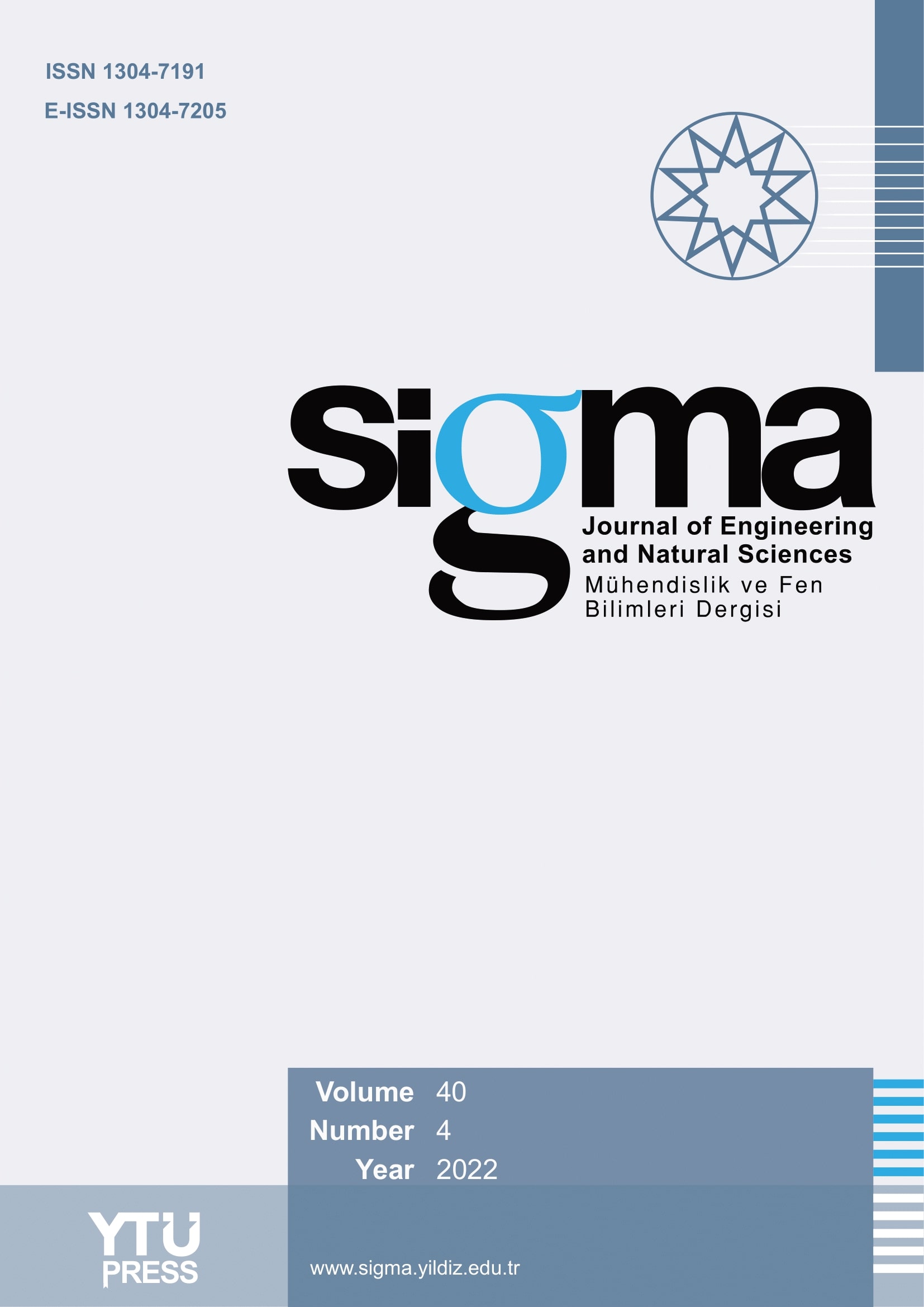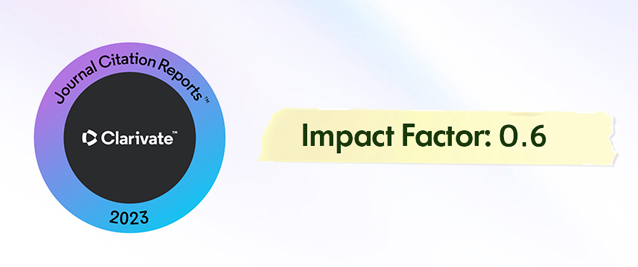Abstract
The concept of centrality is widely used in graph theory to determine the dominance of nodes within a graph. This concept is crucial for solving many real-life problems that are modeled using graphs. In this study, the effectiveness of a new approach, the Malatya Centrality Algorithm, for determining the centrality of nodes in a graph is examined. This algorithm provides effective solutions to problems in both graph theory and real-life applications. The centrality value in the Malatya Centrality Algorithm is calculated by summing the ratios of the degree of the relevant node to the degrees of its neighboring nodes. To demonstrate the effectiveness of the Malatya Centrality Algorithm, comparisons and analyses were conducted with well-known centrality algorithms in the literature. Various types of graphs, including random graphs, benchmark graphs, social network graphs, and lattice bipartite graphs, were used for these comparisons and analyses. Kendall rank correlation analysis and tests were performed on these different types of graphs for the Malatya Centrality Algorithm and the well-known centrality measures in the literature. The tests conducted on various graphs reveal the ranking of nodes based on their effectiveness. These rankings help identify nodes used in numerous problems. The tests and analyses demonstrate that the Malatya Centrality Algorithm produces results similar to those of established centrality algorithms in the literature and confirms its effectiveness across different types of graphs.














